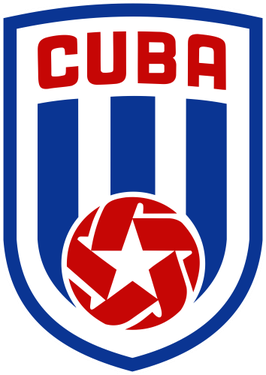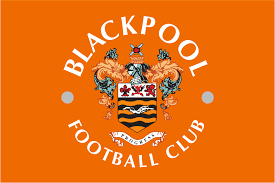
Cuba FC
While many emerging clubs focus primarily on results, Cuba FC has distinguished itself through a bold and adaptive approach to tactics and playing philosophy. This commitment to attractive football has made the club a fan favorite and a formidable opponent, even for seasoned rivals. Delving into the nuances of their footballing identity reveals a team unafraid to innovate and adapt.
Embracing Modern Tactics Cuba FC
From the outset, Cuba FC’s leadership recognized the need to move beyond outdated formations and rigid structures. Under the guidance of internationally experienced coaches, the club introduced progressive systems such as fluid 4-3-3 and dynamic 3-5-2 setups. These formations allowed for greater flexibility, encouraging players to express themselves while maintaining tactical discipline 78win.soccer.
Training sessions focus heavily on positional play, pressing strategies, and transition drills. Players are drilled in multiple roles, fostering versatility and an acute understanding of team dynamics. This modern methodology contrasts sharply with the reactive styles prevalent in some domestic teams.
My insight is that this tactical ambition not only elevates performance but also enhances the entertainment value of matches. Spectators appreciate the proactive, attacking style, which reflects a broader shift in Cuban attitudes towards football—one that values creativity and initiative over mere conservatism.
Defensive Solidity Meets Attacking Flair
A hallmark of Cuba FC’s rise has been its balanced approach to defense and attack. The coaching staff places equal emphasis on maintaining defensive integrity and unleashing quick, coordinated counterattacks. The backline is organized and disciplined, often featuring physically imposing center-backs supported by agile fullbacks capable of joining the attack.
Midfielders serve as the engine room, tasked with breaking up opposition play and initiating forward surges. The front line is built around pace, technical skill, and intuitive movement off the ball. Training regimens include scenario-based exercises that simulate high-pressure situations, preparing the team to adapt to various opponents and game states.
Personally, I view this duality as one of Cuba FC’s greatest strengths. The ability to stay compact defensively while remaining lethal on the break makes them difficult to predict and harder to defeat. It’s a testament to the coaching philosophy that stresses both pragmatism and panache trang chủ 78win.
The Role of Analytics and Innovation
Cuba FC stands out among Cuban clubs in its embrace of sports science and data analytics. The club invests in wearable technology, GPS tracking, and performance monitoring tools to gather insights on match fitness, workload, and injury prevention. Coaches use video analysis software to break down matches, identifying patterns, weaknesses, and areas for improvement.
Tactically, this data-driven culture fosters a spirit of experimentation and continuous learning. Match preparation involves detailed briefings, statistical modeling, and feedback sessions where players actively participate in devising solutions. The result is a team that learns quickly, adapts seamlessly, and remains ahead of the curve.
From an analytical standpoint, this investment in innovation pays dividends—not just in short-term results, but in building a sustainable, forward-thinking club environment. By integrating cutting-edge methodologies, Cuba FC signals its intent to compete at higher levels and redefine what’s possible for Cuban football.



